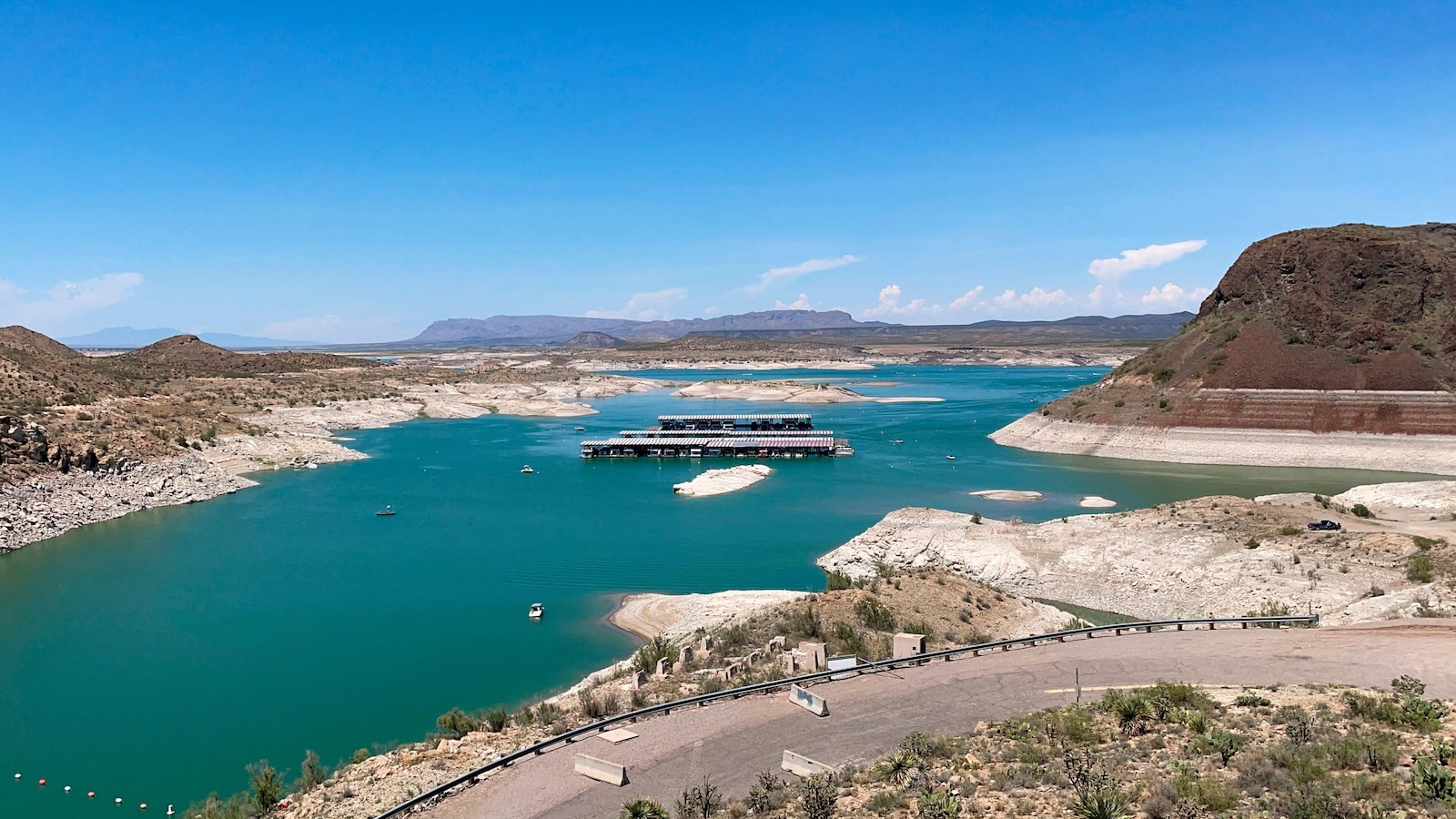
WASHINGTON — WASHINGTON (AP) — The Supreme Court on Friday rejected a settlement between Western states over the management of one of North America’s longest rivers.
In a 5-4 decision, the justices ruled that the water-sharing deal between Texas and New Mexico can’t go through because the federal government still has concerns about New Mexico water use on the Rio Grande, which Colorado also draws from.
“Having acknowledged those interests, and having allowed the United States to intervene to assert them, we cannot now allow Texas and New Mexico to leave the United States up the river without a paddle,” said Justice Ketanji Brown Jackson, reading the majority opinion, which crossed ideological lines as it was joined by Justices Sonia Sotomayor, Elena Kagan, Brett Kavanaugh and John Roberts.
In a dissent, Justice Neil Gorsuch said the United States’ theory about how water should be distributed between the two states is “so aggressive that New Mexico fears it could devastate its economy.” Joined by Justices Clarence Thomas, Samuel Alito and Amy Coney Barrett, he wrote that the high court’s ruling “defies 100 years of this court’s water law jurisprudence.”
New Mexico’s state engineer said it was disappointing the high court scuttled the deal recommended by a federal judge overseeing the case.
“We need to keep working to make the aquifers in the Lower Rio Grande region sustainable, and lasting solutions are more likely to come from parties working together than from continued litigation,” said Mike Hamman, whose office is responsible for administering the state’s water resources.
U.S. Circuit Judge Michael Melloy had previously deemed the proposal a fair and reasonable way to resolve the conflict consistent with a decadeslong water-sharing agreement.
The federal government, though, lodged several objections, including that the proposal did not mandate specific water capture or use limitations within New Mexico.
Farmers in southern New Mexico have had to rely more heavily on groundwater wells over the last two decades as drought and climate change resulted in reduced flows and less water in reservoirs along the Rio Grande. Texas sued over the groundwater pumping, saying the practice was cutting into the amount of water that was ultimately delivered as part of the interstate compact.
Some New Mexico lawmakers had voiced concerns about the proposed settlement, which would have meant reducing the state’s use of Rio Grande water with steps like paying farmers to leave their fields barren and making infrastructure improvements. The settlement also would have clarified how water will be accounted for as it flows downstream and outlined transfers if not enough or too much water ended up in Texas.
___
Associated Press writer Rio Yamat in Las Vegas contributed to this story.
The Supreme Court recently made a landmark decision in the long-standing water dispute settlement between New Mexico and Texas. The case, which has been ongoing for over two decades, centered around the allocation of water from the Pecos River, which flows through both states.
The dispute began in the 1990s when Texas accused New Mexico of over-pumping groundwater from the Pecos River Basin, leading to a decrease in the flow of water downstream. Texas argued that this was causing harm to its agricultural industry and violating the terms of a 1988 agreement between the two states.
After years of legal battles and negotiations, the case finally made its way to the Supreme Court. In a unanimous decision, the Court ruled in favor of Texas, stating that New Mexico had indeed violated the terms of the agreement by over-pumping groundwater. The Court ordered New Mexico to reduce its groundwater pumping and increase the flow of water into Texas.
This decision has significant implications for both states. For Texas, it means a more reliable water supply for its agricultural industry, which relies heavily on irrigation from the Pecos River. For New Mexico, it means having to make difficult decisions about how to balance the needs of its own residents with those of its neighboring state.
The ruling also sets a precedent for future water disputes between states, highlighting the importance of upholding interstate water agreements and finding sustainable solutions to water management issues. It serves as a reminder of the complex and interconnected nature of water resources, and the need for cooperation and collaboration among states to ensure their sustainable use.
Overall, the Supreme Court decision on the water dispute settlement between New Mexico and Texas is a significant step towards resolving a long-standing conflict and ensuring the equitable distribution of water resources among neighboring states. It underscores the importance of effective water management policies and the need for continued cooperation in addressing water challenges in the Western United States.


